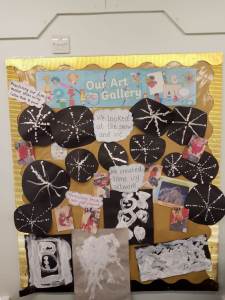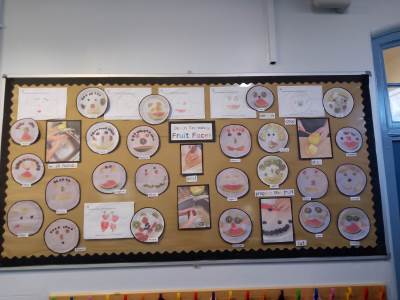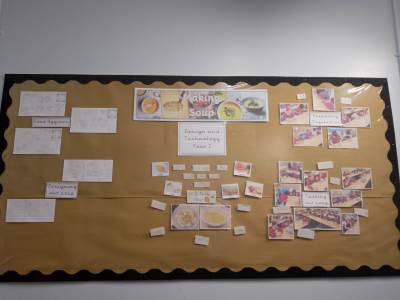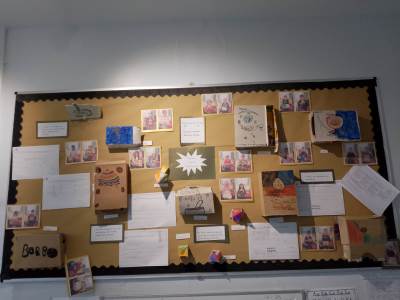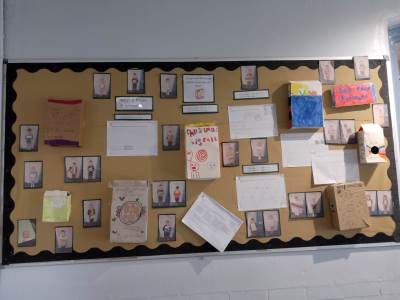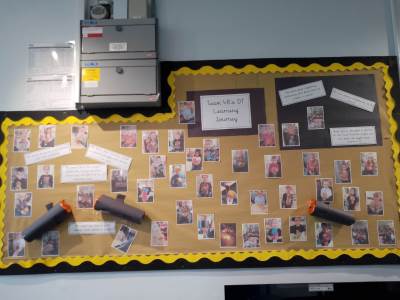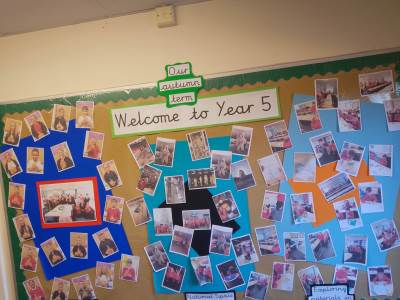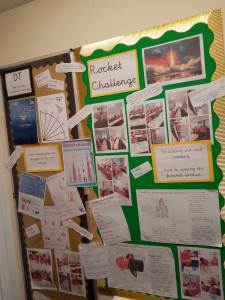Design and Technology - We are Designers, Investigators and Makers 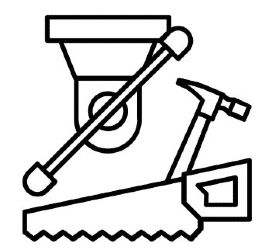
Design and Technology Curriculum Intent
At Croft Primary School we want our pupils to use their creativity and imagination and apply taught technological knowledge, designing and making skills to design and make products that solve real and relevant problems within a variety of contexts, considering their own and others’ needs, wants and values. We encourage our pupils to take risks and support them to become resourceful, innovative and enterprising citizens who develop a critical understanding of the impact of design and technology on daily life and the wider world.
At Croft Primary School, teachers use the Design and Technology Association Projects on a Page to ensure that pupils access high quality Design and Technology in an imaginative way through meaningful contexts.
Design and Technology Curriculum Implementation
To ensure that our pupils experience a broad and balanced curriculum, we have chosen to teach Art and Design in the first half term and Design and Technology in the second half term of each term throughout the year. This provides whole school focus and emphasises progression through school which is subject-specific.
Projects on a Page is based on the six essentials of good practice in Design and Technology which ensure that children’s learning is genuinely design and technological in nature:
User: children should have a clear idea of who they are designing and making products for, considering their needs, wants, interests or preferences.
Purpose: children should know what the products they design and make are for. Each product should perform a clearly defined task that can be evaluated in use.
Functionality: children should design and make products that function in some way to be successful. Products combine aesthetic qualities with functional characteristics.
Design Decisions: when designing and making, children need opportunities to make informed decisions such as selecting materials, components and techniques and deciding what form the products will take, how they will work, what task they will perform and who they are for.
Innovation: when designing and making, children need some scope to be original with their thinking. Projects that encourage innovation lead to a range of design ideas and products being developed, characterised by engaging, open-ended starting points for children's learning.
Authenticity: children should design and make products that are believable, real and meaningful to themselves which provide opportunities for children to make design decisions with clear users and purposes in mind.
Throughout each Design and Technology unit, pupils take part in Investigative and Evaluative activities where they learn from a range of existing projects and find out about D&T in the wider world and Focused Tasks where they are taught specific technological knowledge, designing and making skills. Through these tasks, pupils are equipped with the knowledge, understanding and skills to engage successfully and with increasing independence in the design, make and evaluate assignment where pupils create functional products with users and purposes in mind.
Design and Technology Curriculum Impact
Assessment in Design and Technology has a focus on pupil's understanding and communication as well skill development and practical outcomes result right from Early Years.
We measure the impact of our curriculum through the following methods:
Observations of pupils learning
Discussions with pupils about their learning
Pupils in Reception are assessed within Expressive Arts and Design and their progress is tracked termly.
Design and Technology Long Term Plan
Design and Technology Curriculum Coverage
Design and Technology curriculum - autumn 2

